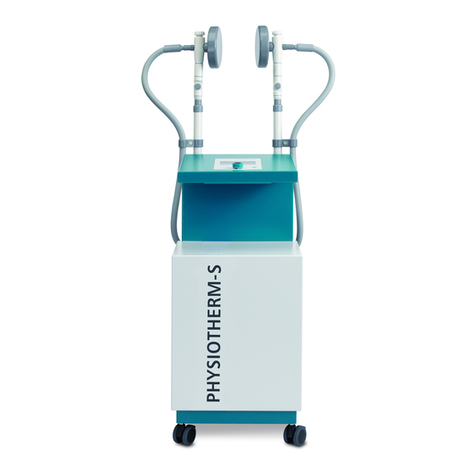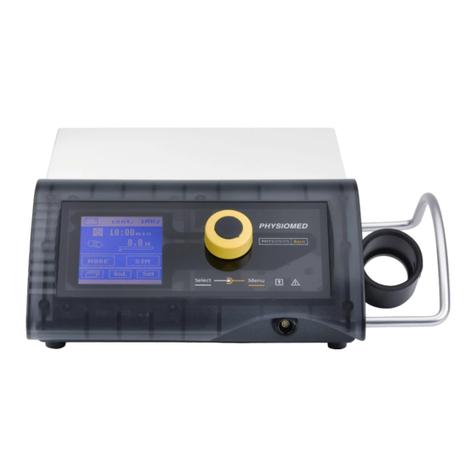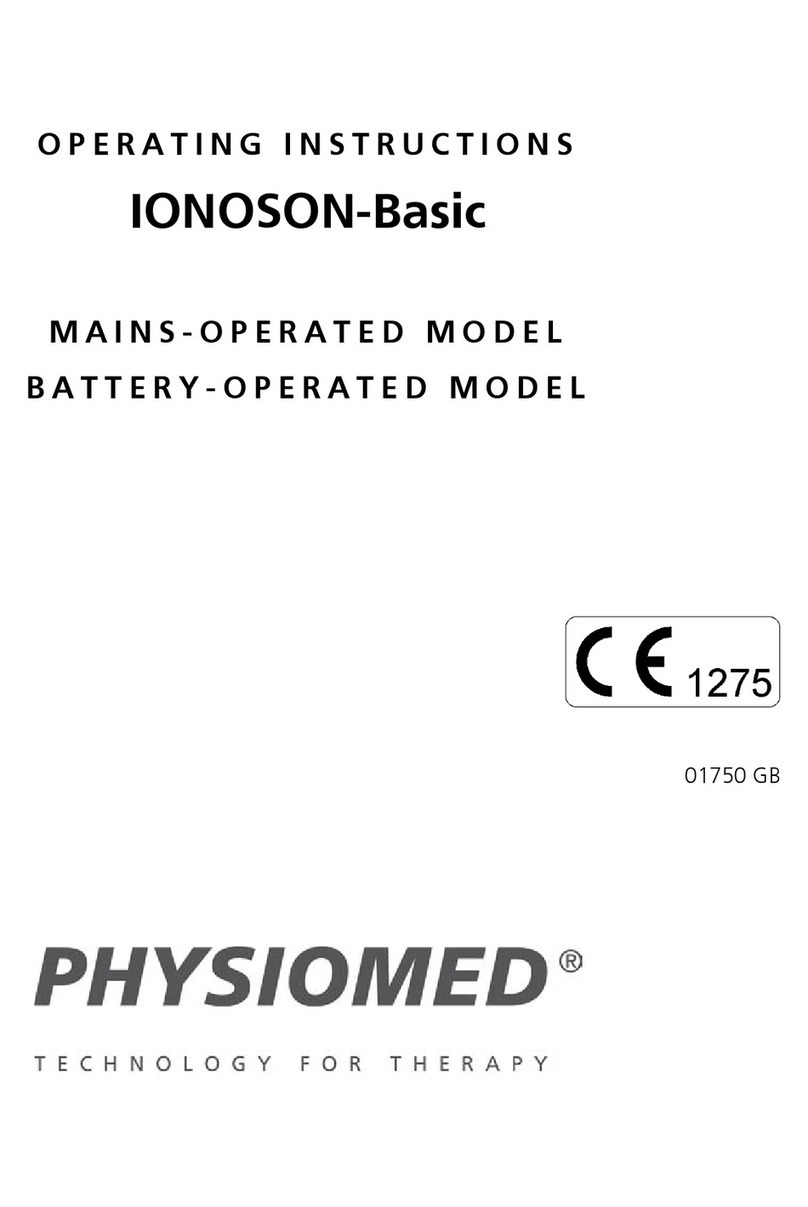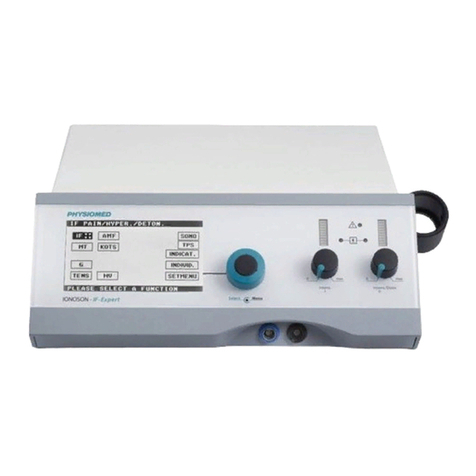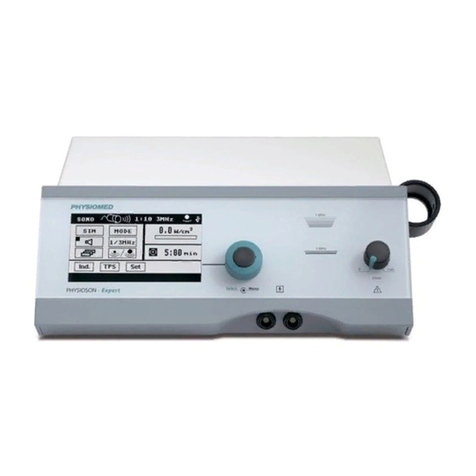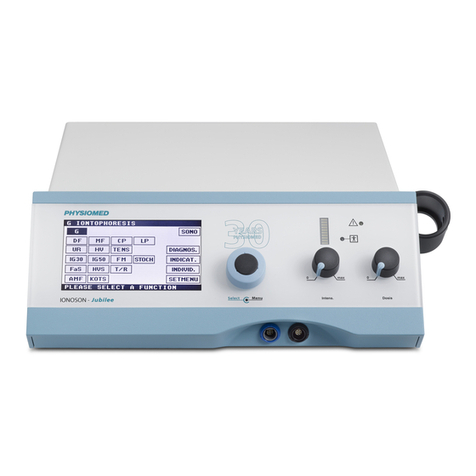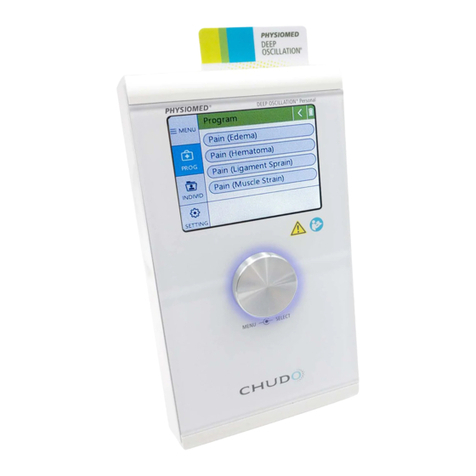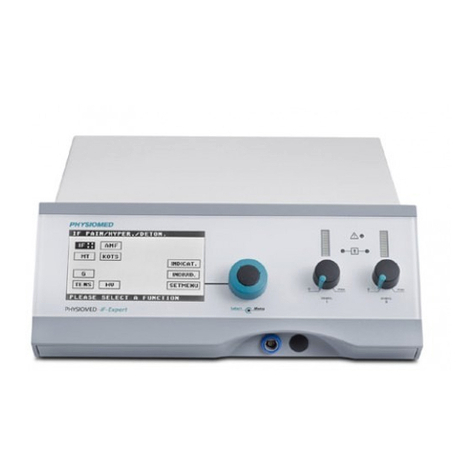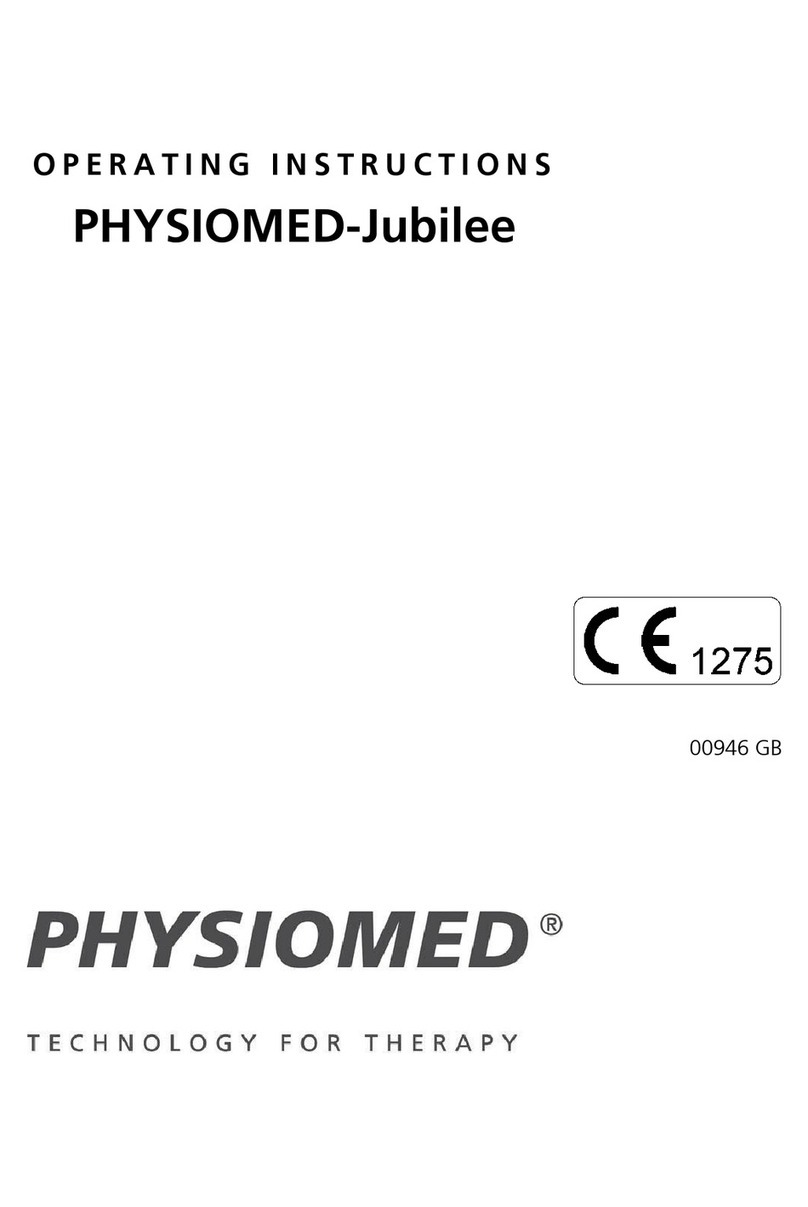
7.1.4 Bechterew's disease.................................................................................................................. 21
7.1.5 Bursitis...................................................................................................................................... 21
7.1.6 Distortions, dislocations, contusions ......................................................................................... 22
7.1.7 Epicondylitis.............................................................................................................................. 22
7.1.8 Facial paralysis (peripheral)........................................................................................................ 23
7.1.9 Fracture.................................................................................................................................... 23
7.1.10 Intercostal neuralgia ................................................................................................................. 24
7.1.11 Ischialgia................................................................................................................................... 24
7.1.12 Contracture.............................................................................................................................. 25
7.1.13 Lumbago.................................................................................................................................. 25
7.1.14 Myalgia .................................................................................................................................... 26
7.1.15 Neuralgia / neuritis ................................................................................................................... 26
7.1.16 Frozen shoulder........................................................................................................................ 27
7.1.17 Periostitis.................................................................................................................................. 27
7.1.18 Raynaud´s disease..................................................................................................................... 28
7.1.19 Spondylosis / osteochondrosis...................................................................................................28
7.1.20 Sudeck´s dystrophy ................................................................................................................... 29
7.1.21 Tendovaginitis .......................................................................................................................... 29
7.1.22 Cervical syndrome .................................................................................................................... 30
7.2 Dermatological indications ................................................................................................... 31
7.2.1 Furuncle, carbuncle .................................................................................................................. 31
7.2.2 Frostbite ................................................................................................................................... 32
7.2.3 Skin injuries .............................................................................................................................. 32
7.2.4 Hidradenitis .............................................................................................................................. 33
7.2.5 Panaritia ................................................................................................................................... 33
7.3 Gynaecology .......................................................................................................................... 34
7.3.1 Adnexitis (chronic) .................................................................................................................... 34
7.3.2 Amenorrhoea, dysmenorrhoea, ovarian insufficiency................................................................ 35
7.3.3 Mastitis..................................................................................................................................... 35
7.3.4 Myometritis (chronic)................................................................................................................ 36
7.3.5 Parametrism ............................................................................................................................. 36
7.4 ENT / dentistry and oral medicine........................................................................................ 37
7.4.1 Laryngitis.................................................................................................................................. 37
7.4.2 Otitis media (chronic)................................................................................................................ 38
7.4.3 Sinusitis max............................................................................................................................. 38
7.5 Internal medicine, urology.................................................................................................... 39
7.5.1 Bronchitis (chronic) ................................................................................................................... 39
7.5.2 Cholelithiasis ............................................................................................................................ 40
7.5.3 Hepatitis ................................................................................................................................... 40
7.5.4 Constipation............................................................................................................................. 41
7.5.5 Unspecific exudative pleurisy (chronic) ...................................................................................... 41
7.5.6 Prostatitis and vesiculitis ........................................................................................................... 42
8Individual Programs .......................................................................................................43
8.1 Setting program values......................................................................................................... 43
8.2 Call Program........................................................................................................................... 44
8.3 Delete Program...................................................................................................................... 44
9Basic settings ..................................................................................................................45
9.1 Changing the basic settings.................................................................................................. 45
10 General Notes.................................................................................................................46
10.1 Responsibilities ...................................................................................................................... 46
10.2 Personal safety ...................................................................................................................... 46
10.3 Protection of unit .................................................................................................................. 48
11 Service, Repairs, Maintenance ......................................................................................49

